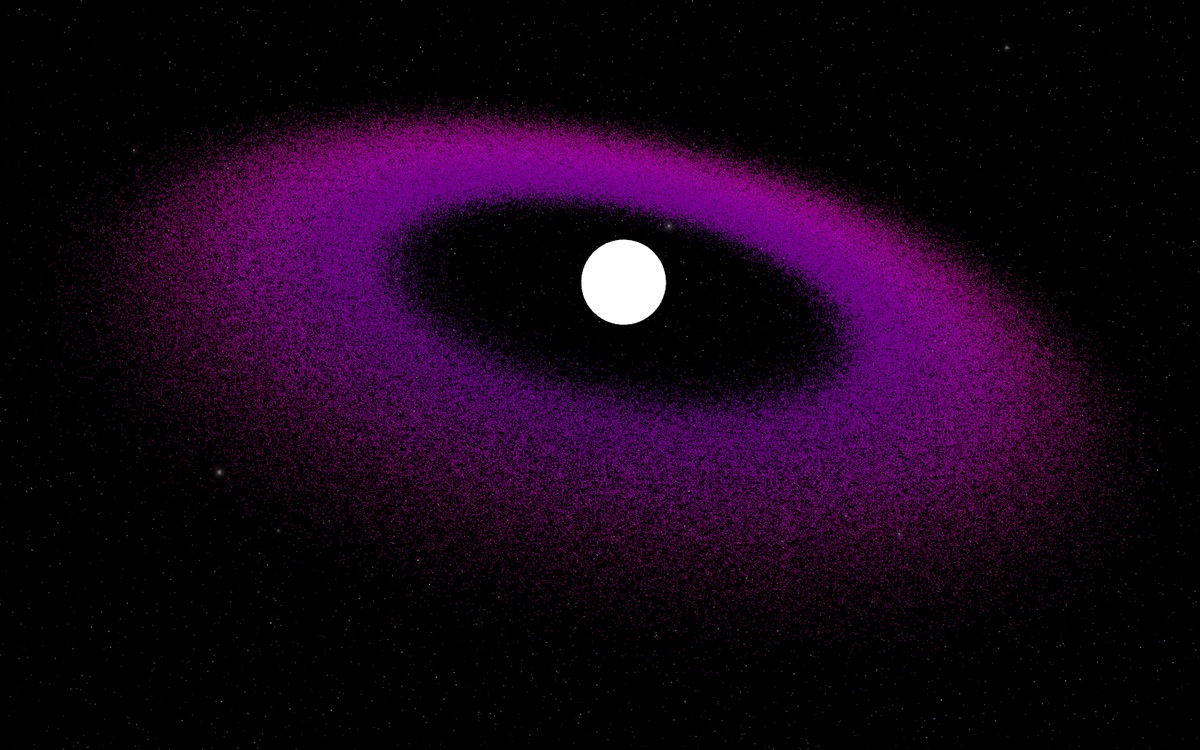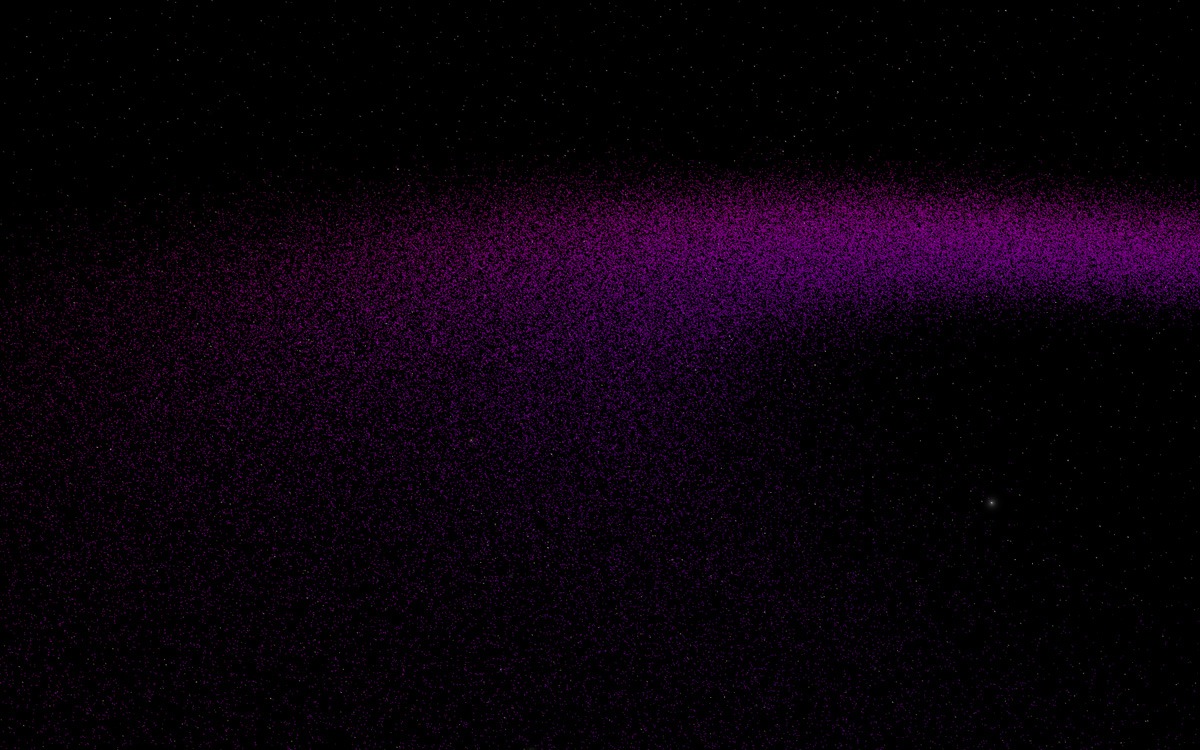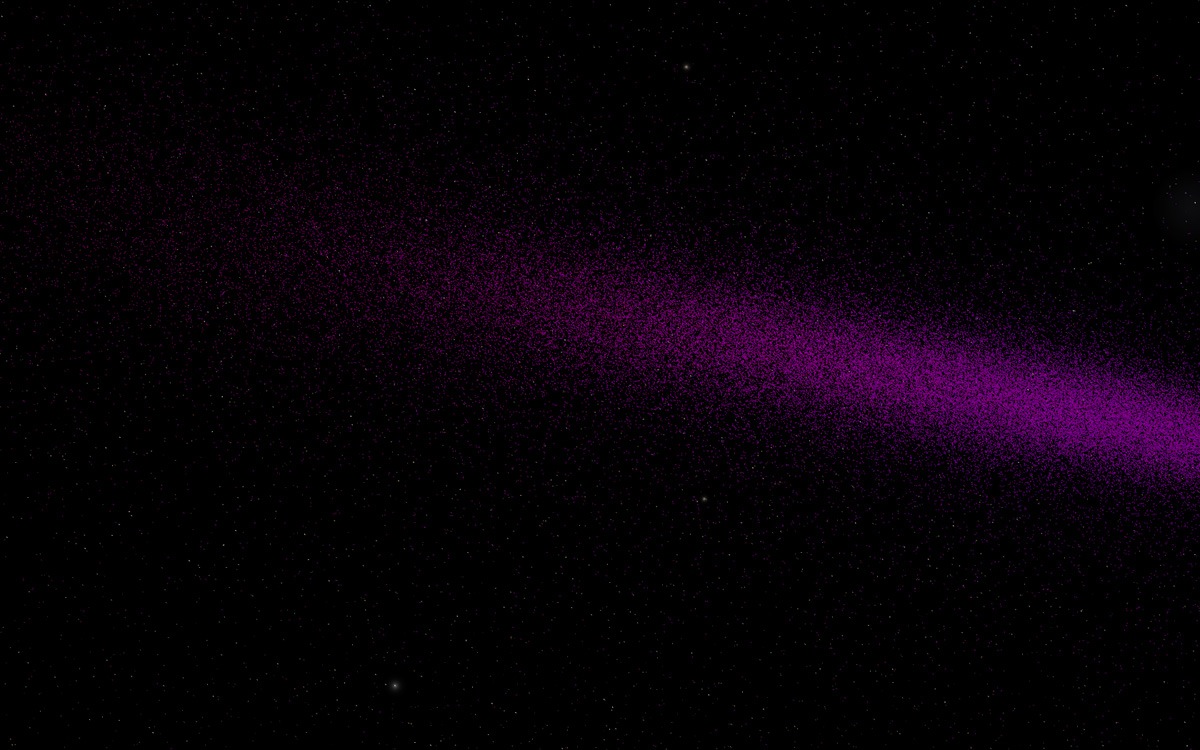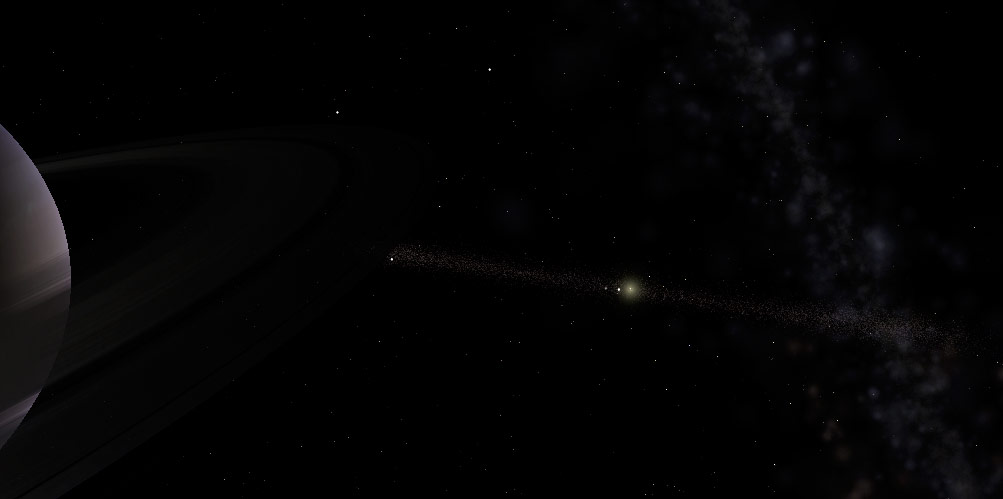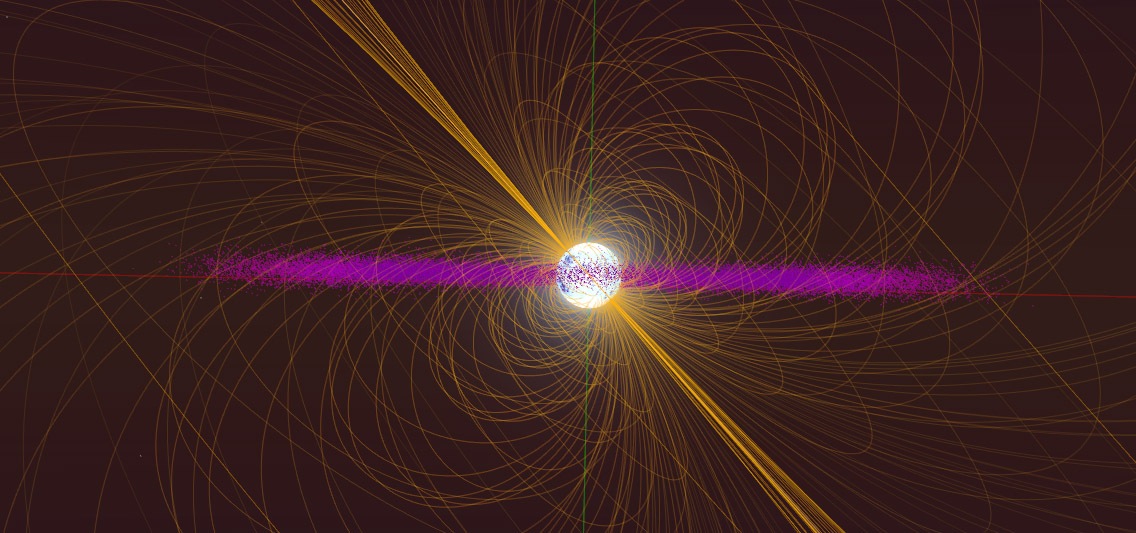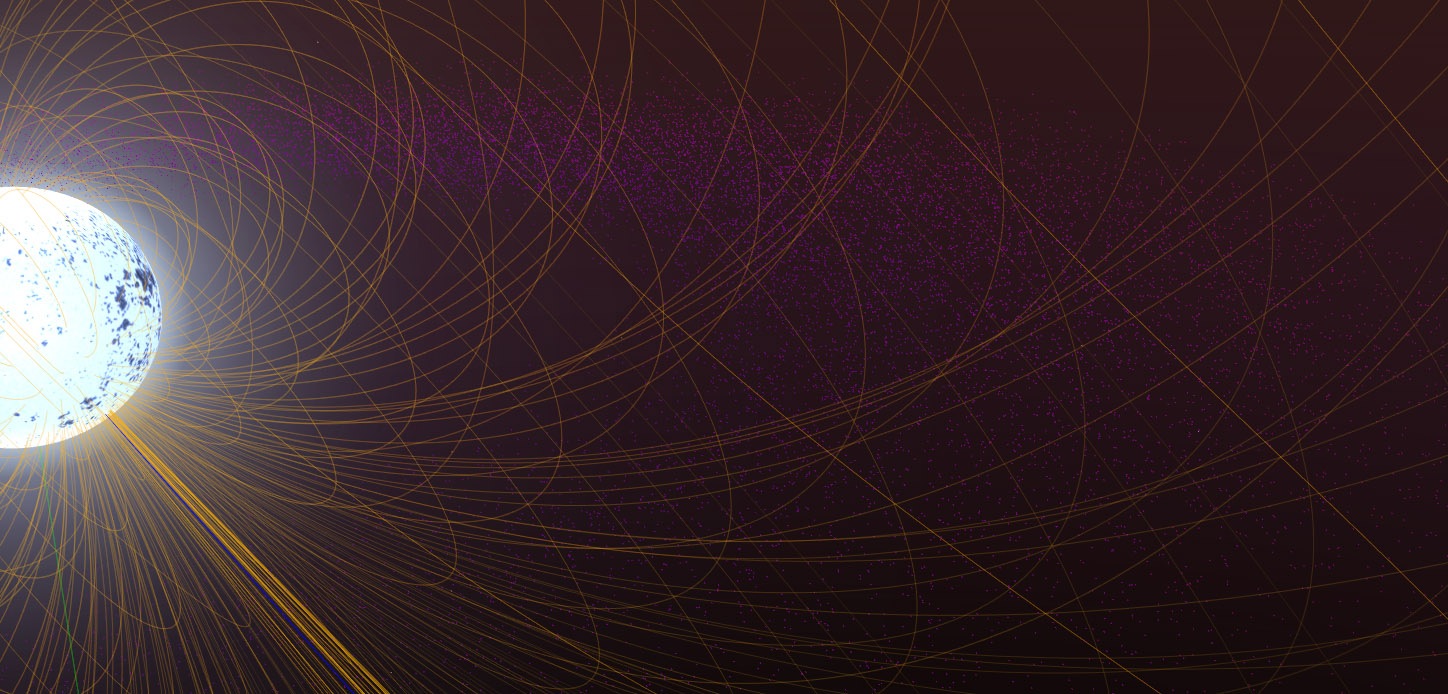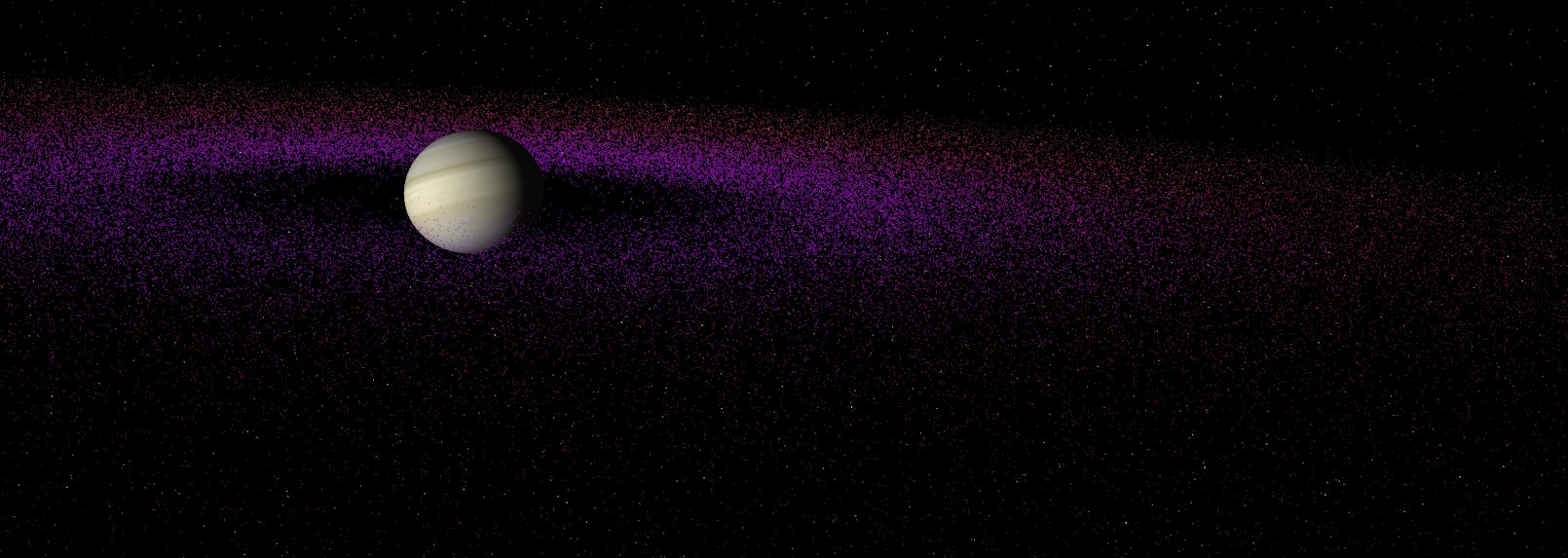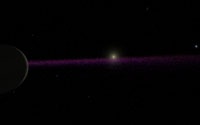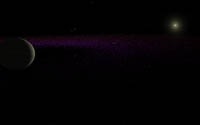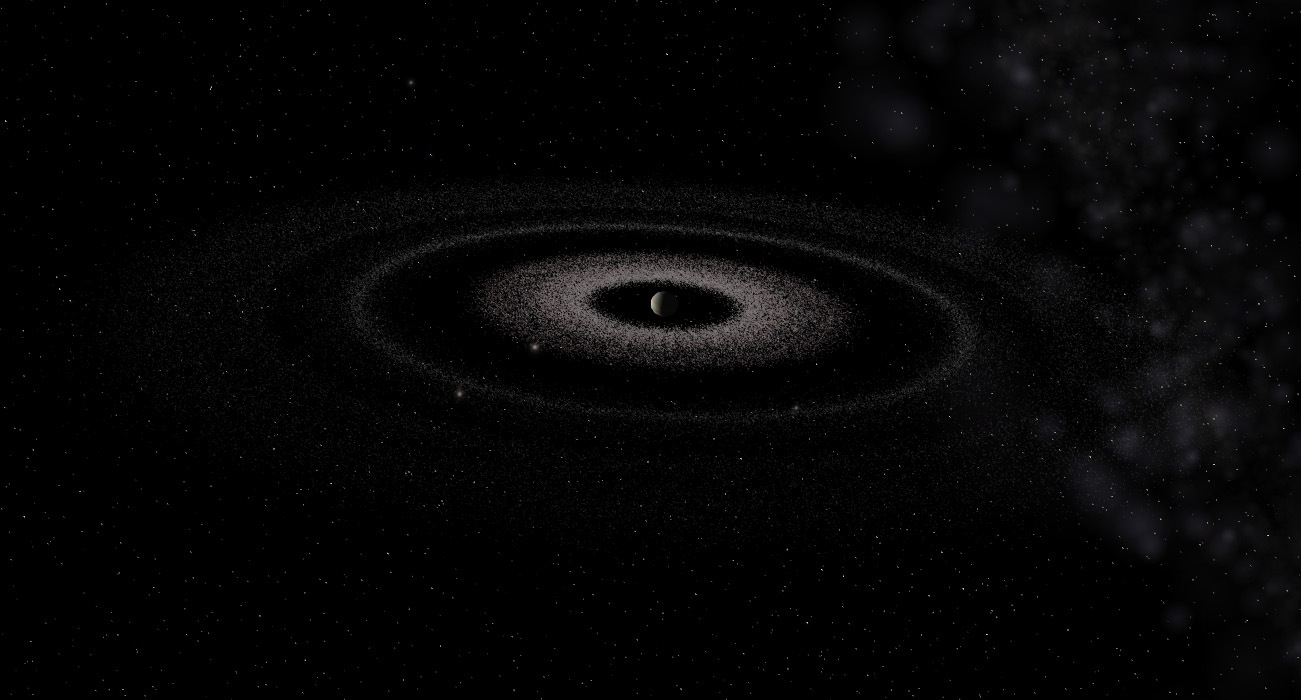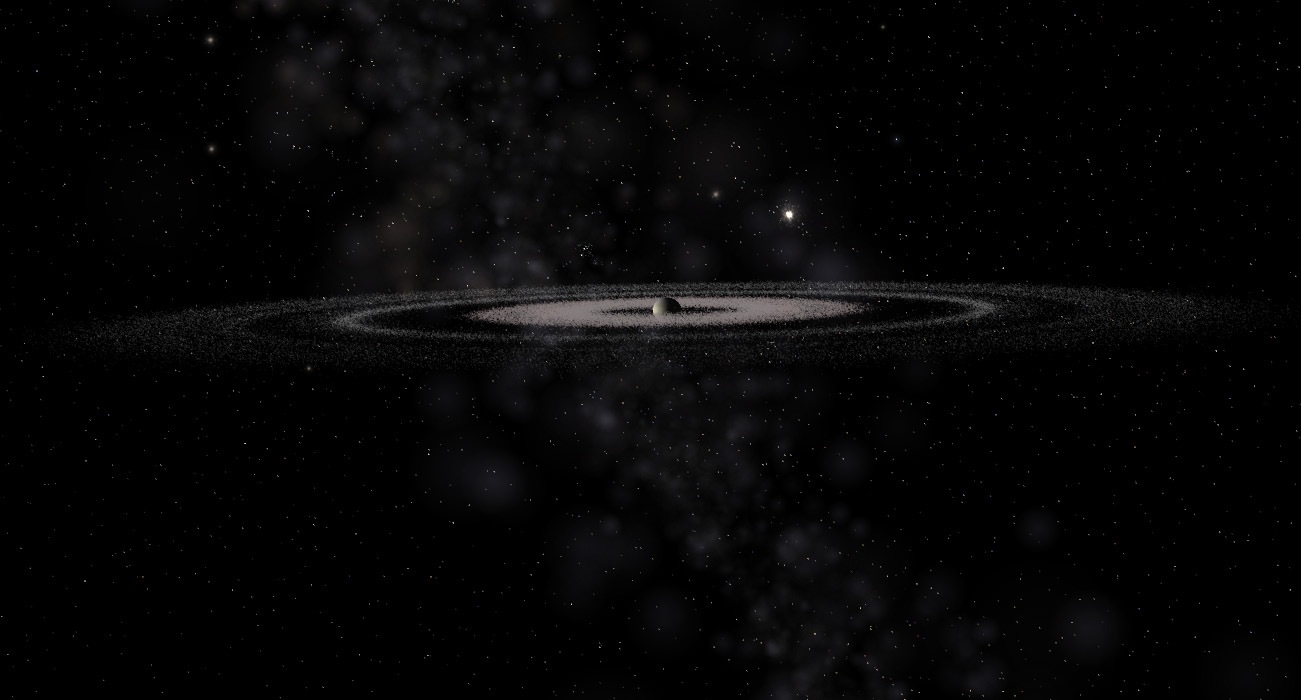rthorvald wrote:Are you able to color each point separately in the CMOD? Or is it neccecary to use an uniform color in the ssc file? By varying the color slightly in 4-5 steps, a cloud might look more natural...
Also, if you have detailed control of shape, i can imagine a lot of possibilities for this... Regrettably, it seems your method is rather specialized... Not easy to duplicate for us?
In theory, I could assign a different color to each particle in the same model file, but this would make the CMOD file messy, with 10000 points and the Mathematica coding would be MUCH harder. For the moment, I prefer making a single color model, and then use several models at the same time, with a different color for each one. This is a very good way. Using, say, 5 or 10 basic ring models with their own color opens the possibility for a nice color graduation on the disk, while using the rings to allow the fluid motion at the same time. Just inspect the SSC file and the CMOD headers, from the prototype I'm giving above.
The possibilities are endless, once Chris implement the sprites, and especially if Chris add the Magnitude parameter for a distance dependant luminosity. Once done, I could EASILY create fully 3D volumetric globular clusters, irregular nebulae, accretion disks around pulsars, black holes and stars, protoplanetary systems, rings of debris around a giant planet, magnetic fields, and so on.
I even have plans to create volcanoes (Io, etc) and matter bridges on the sun, pulsars/black holes jets using the same technique. However, they'll be static in their cases (no time evolution).
As I already said before, a whole new addons universe is opening to us !

Those models needs some maths, to be created, so unfortunately it would be hard stuff for must users. I'll probably publish my Mathematica notebooks, so anyone with Mathematica could try them. I also intend to create a library of objects, so anyone could use them :
basic rings of all sorts, basic spherical distributions (globular clusters), etc. So the user would have to edit the color/transparency headers only, and create their own SSC files (from templates ?).
EDIT : In the case of the accretion rings, here's the complete Mathematica code (it's MUCH simpler than the magnetic field lines code !) :
http://nho.ohn.free.fr/celestia/Cham/Divers/ring.pdf"Well! I've often seen a cat without a grin", thought Alice; "but a grin without a cat! It's the most curious thing I ever saw in all my life!"
